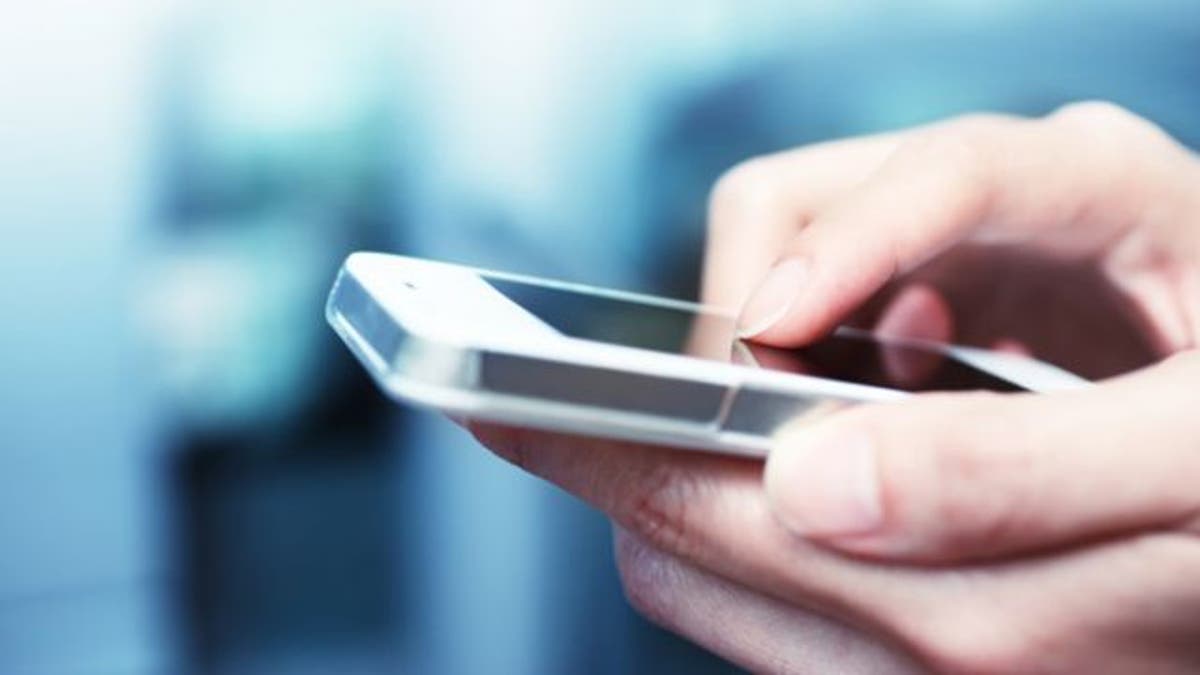
Even though doctors have long been taught to deliver biopsy results in person, many patients may prefer the speed and convenience of a phone call, a recent study of U.S. dermatology clinics finds.
"We thought they would want it to be in person or by email, but it turned out that the phone was most preferred; it's quick and it also gives them the chance to ask questions," said co-author Dr. Maria Wei, director of the melanoma surveillance clinic at the University of California, San Francisco (UCSF).
Wei and colleagues surveyed 298 patients examined at melanoma clinics at UCSF, the University of Pennsylvania and Duke University to see how they wanted to be informed of their test results.
On average, participants were about 54 years old. About half were men and the group was predominantly white. Almost nine in 10 had a previous history of melanoma and about one-third had a family history of this type of skin cancer.
The group was well-educated; about 34 percent went to graduate school and roughly 48 percent went to college.
Most patients in the study had either what's known as stage 0 melanoma, when the cancer hasn't grown deeper than the top layer of skin, known as the epidermis, or stage 1, when the tumor is very thin and less likely to spread.
Before they knew if they would need biopsies, patients were asked how they would want to receive biopsy results. About two-thirds wanted to speak directly to their physician by phone, and another 20 percent preferred to return to the clinic to get results in person.
Not many people wanted to get a voicemail though, an option preferred by just 5 percent of participants, the same proportion who said they'd like to get results by accessing an online patient portal system.
Less than 3 percent preferred email, and even fewer patients expressed interest in receiving text messages.
More than half of the study participants said they would make the same choice whether the biopsy was positive or negative for cancer.
Doctors also said phone calls work best, though they were less likely to make the call themselves for a negative result.
The researchers surveyed 84 physicians to get their take on the ideal way to share test results. This group was younger, 43 years old on average, and had typically been practicing medicine for about 11 years.
To deliver bad news, about 57 percent of doctors would pick up the phone, compared with just 31 percent for good news. Their second choice in either situation was to delegate the call to an assistant. Like their patients, few favored email.
To some extent, people may have chosen the most familiar option.
Patients at Duke, where an online patient portal has been up and running for longer, were most likely to choose this option, though it was still their second choice after a phone call. Face-to-face communication, the second choice at UCSF and UPenn, was preferred by only 5.6 percent of patients at Duke.
Limitations of the study include its small sample size and its focus on academic medical centers, where patient populations can be different from those at local clinics in the community, the researchers note in JAMA Dermatology. Ethnic minorities and people with limited English skills were not well-represented either, they acknowledge.
And there’s no way to know if patients getting biopsies for other forms of cancer would have the same set of preferences.
Still, online portals and electronic communication are likely to gain in popularity as they become more commonplace and simpler for patients and physicians to navigate, said Dr. Jennifer Stein, a dermatologist at New York University School of Medicine who wrote an editorial accompanying the study.
"As generations change and as technology changes, we may be moving more in that direction," Stein said. "As we move toward more patient-centered care, this shows that just asking a patient how they want to receive information can be really illuminating."
